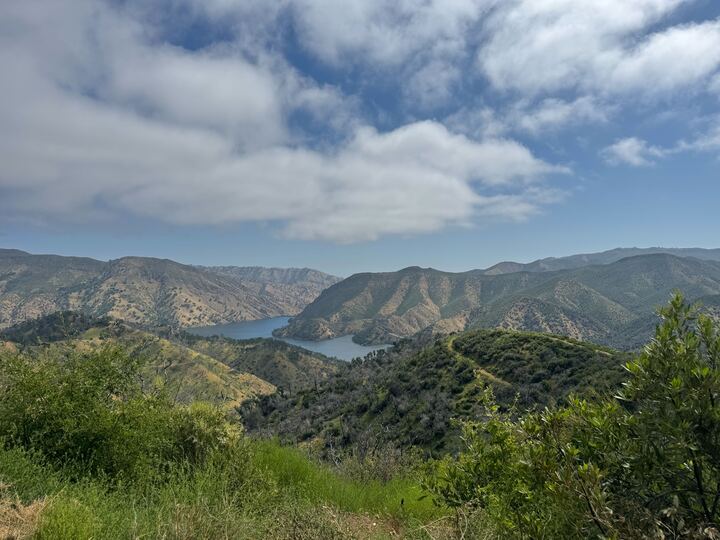Starting Groupwork
May 8, 2024
Splitting Up into Groups
Today we decided to split up into separate groups working on different projects at the same time.
Marshall started us off with a quick review on what we have accomplished so far and how we were
going to continue the class off of the reviews he received from our one on one conversations. After
deciding our groups we split up into 4 teams which each focused on boldness, palatability, color, and
wild group. Our goal was to plan out, research, and decide on how we were going to approach each
idea and discuss it at the end of class.
Update:
We went over what we have accomplished and are going to complete. We have decided to drop the
cyanide idea due to time constraints and lack of expertise. We also discussed that we were going to
work and divide ourselves into groups instead of working on the same thing all together.
Group objectives:
Marshall started us off with the goals for today which included literature review, designing methods,
trying methods, writing a detailed protocol, collecting data, and providing updates. We also included
other potential ideas such as mating behavior, quantify internal porphology, and field assay.
Boldness Group:
The boldness group began their class by engaging in colony maintenance, ensuring that all habitats
were adequately cared for, and gathering essential data for our ongoing research.
Palatability Group
The palatability group decided how we are going to tentatively construct boxes to run a pairwise test to
evaluate the bug preference a predator has due to our treatments. We added some resources to the
zotero under a new folder and brainstormed how we would store and collect the predators as well as
what kinds of predators we would like to obtain. We went outside to find some wolf spiders but we did
not have any success so we created a plan to hunt for them on Friday.
Color Group
The color team spent most of today refining the scope of their study, learning the software they will be
using, and establishing their experimental designs. The team is seeking to quantify the variation in
color (specifically, redness) of soapberry bugs and find out if the variation has an impact on their
mating behavior. From a sample with a variety of soapberry bugs, they would take pictures in a
standardized fashion (using a mini studio [literally four pieces of white printer paper taped together] to
minimize variability in lighting, etc) and generate the hex color code and the RGB color code values
for the red color using ImageJ, a Java image processing program. The codes by nature give us three
variables: the amount of red, the amount of green, and the amount of blue making up a color. Because
of this, the team has chosen to use Manova, a multivariate analysis of variance, to evaluate an
individual’s “redness.” Finally, the team plans on conducting two experiments, one to measure if
redness affects quickness of copulation and the other to measure preference amongst differing levels
of redness. Overall, the color team had a productive first session and is looking forward to data
collection!
Boldness Group
For today the boldness group used the paper tilted “boldness test paper” in zotero for the majority of
the experimental design. It involves making an arena and letting the bugs have time to explore around.
They plan to make an ethogram to track the behavior of the bugs during the experiment to measure
explorative, boldness and reaction to novel objects. They also plan on having the novel objects be
pieces of colored gum and we also plan to record the bugs to try and do pathway mapping. Here is a
pic of the boldness test and its generic guidelines because they plan on altering the original design to
fit the class.
Wildcard Group
Today the wildcard group decided that their focus would be quantifying digestive morphology of
soapberry bugs and boxelder bugs. Their main question was: What are the digestive differences
between the soapberry bug and the boxelder? They planned to examine this through dissections of the
two species as well as compare female vs male bugs. They also discussed possibly culturing the gut
bacteria of a small subset of the bugs we dissect. They came up with a supply and procedure list for
dissections and they discussed their plans for the next meeting. Next meeting they will be going out to
the field to collect bugs for dissection and starting practice dissections and measurements!
Homework:
R5 Homework due Friday (May 10th)
Any items or tasks assigned from your groups outside of class
Next Class (6/10):
Schedule



Comments
Post a Comment